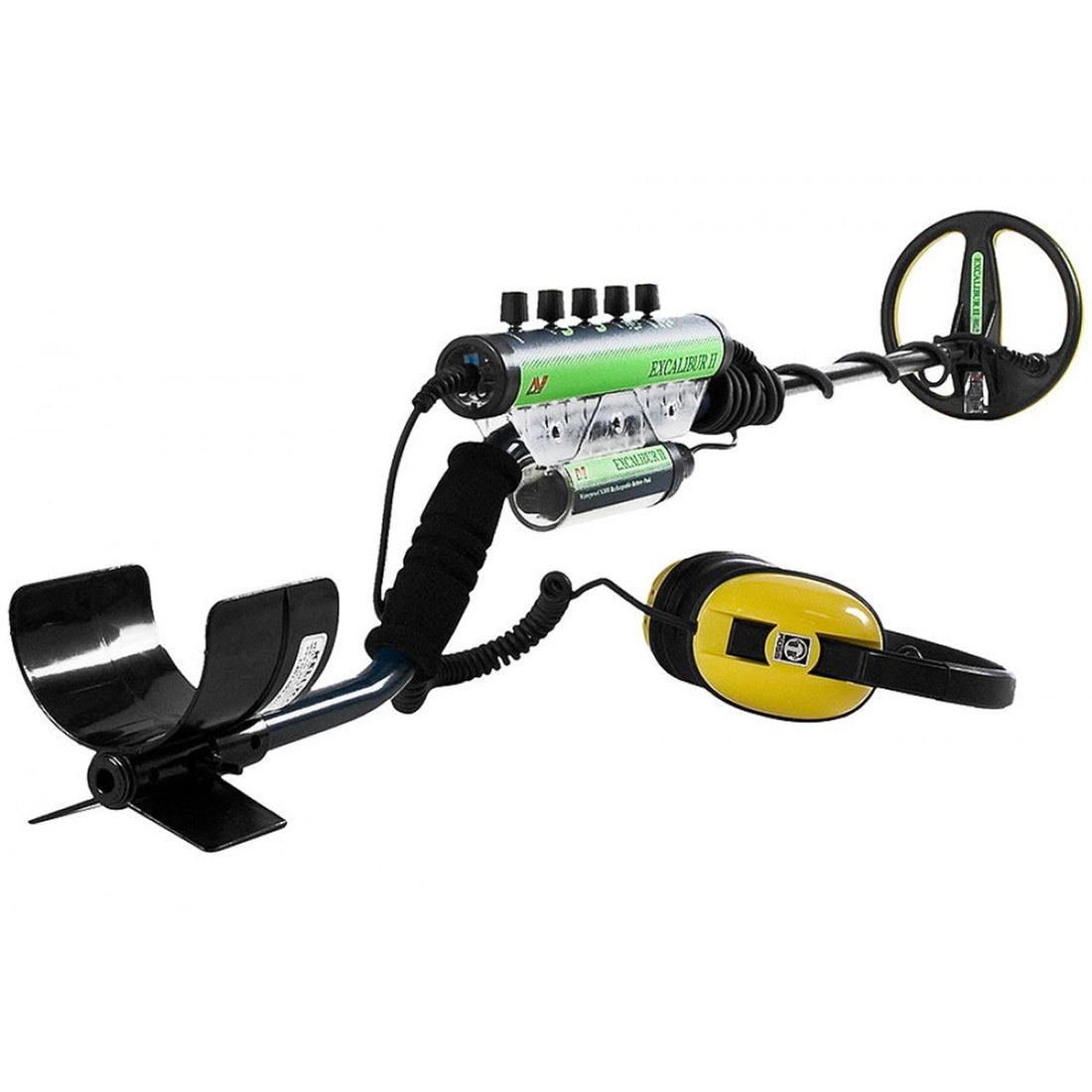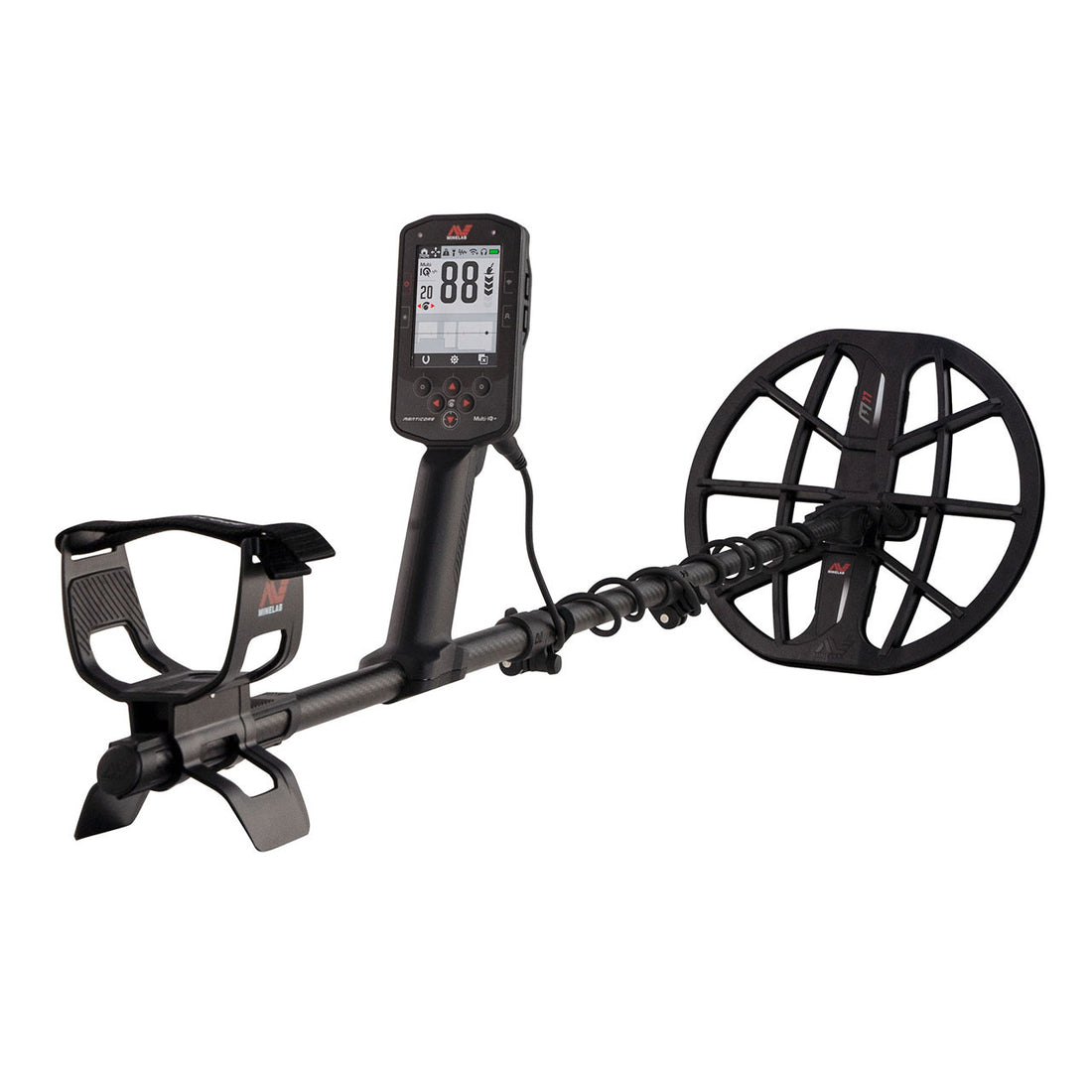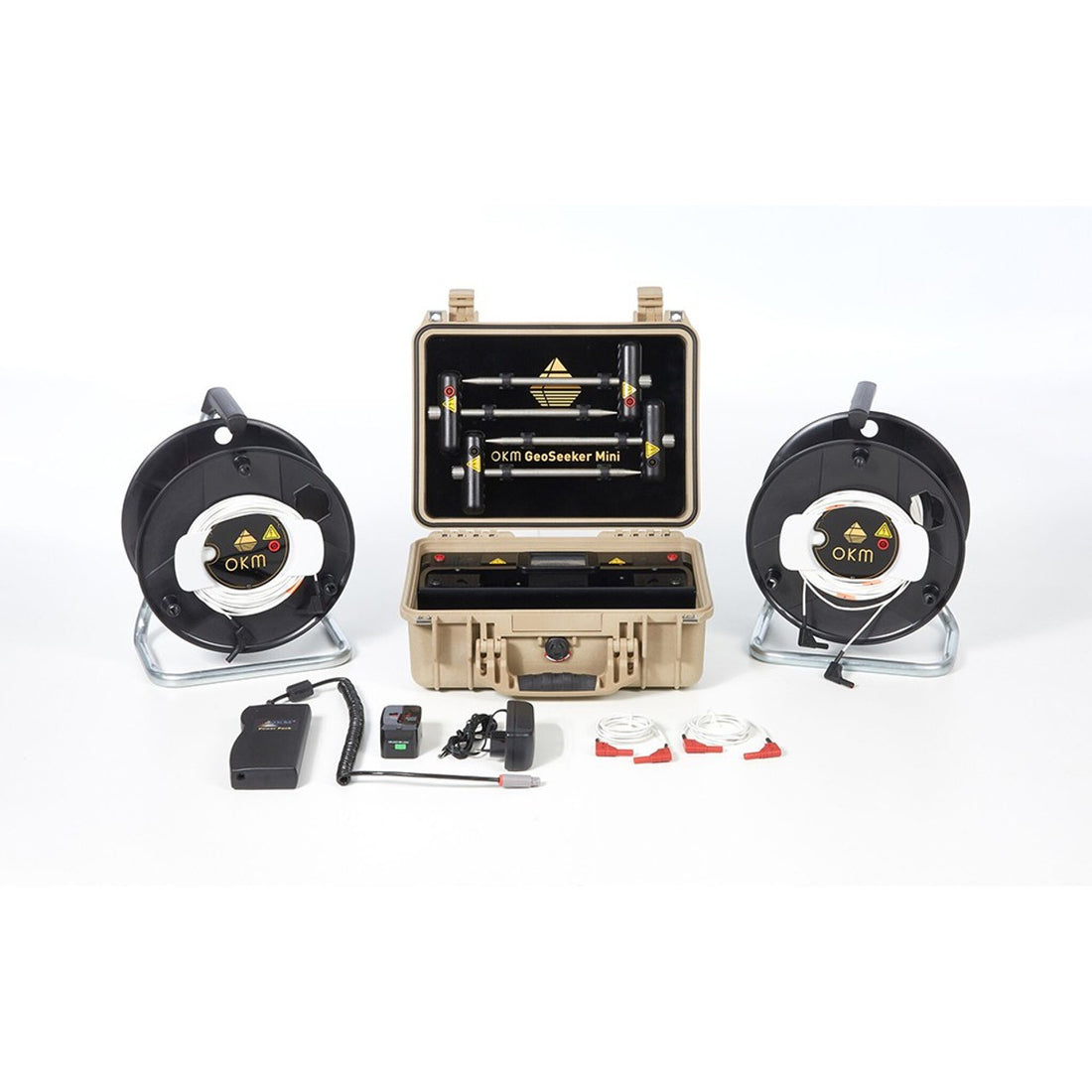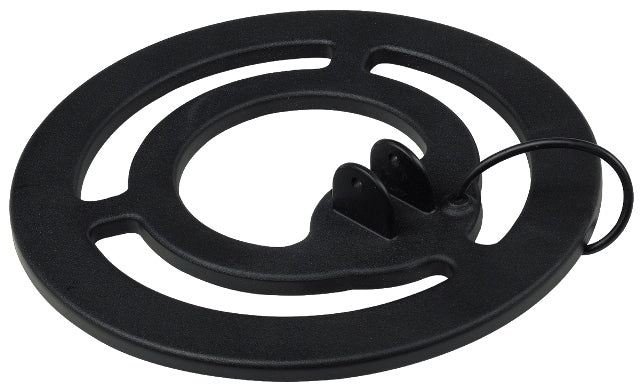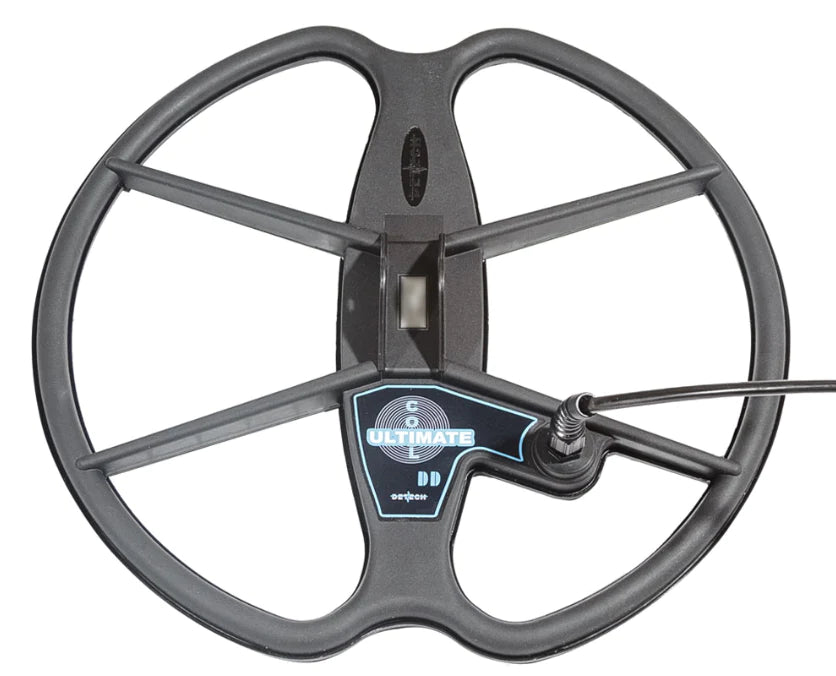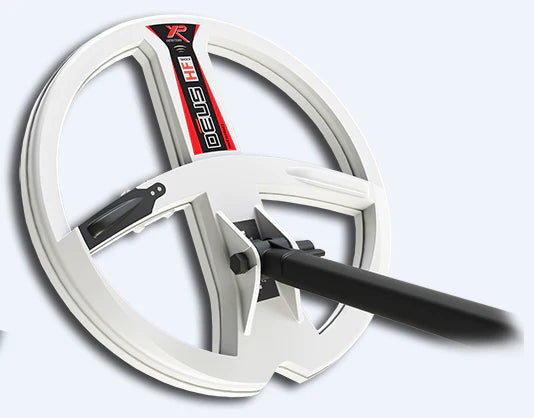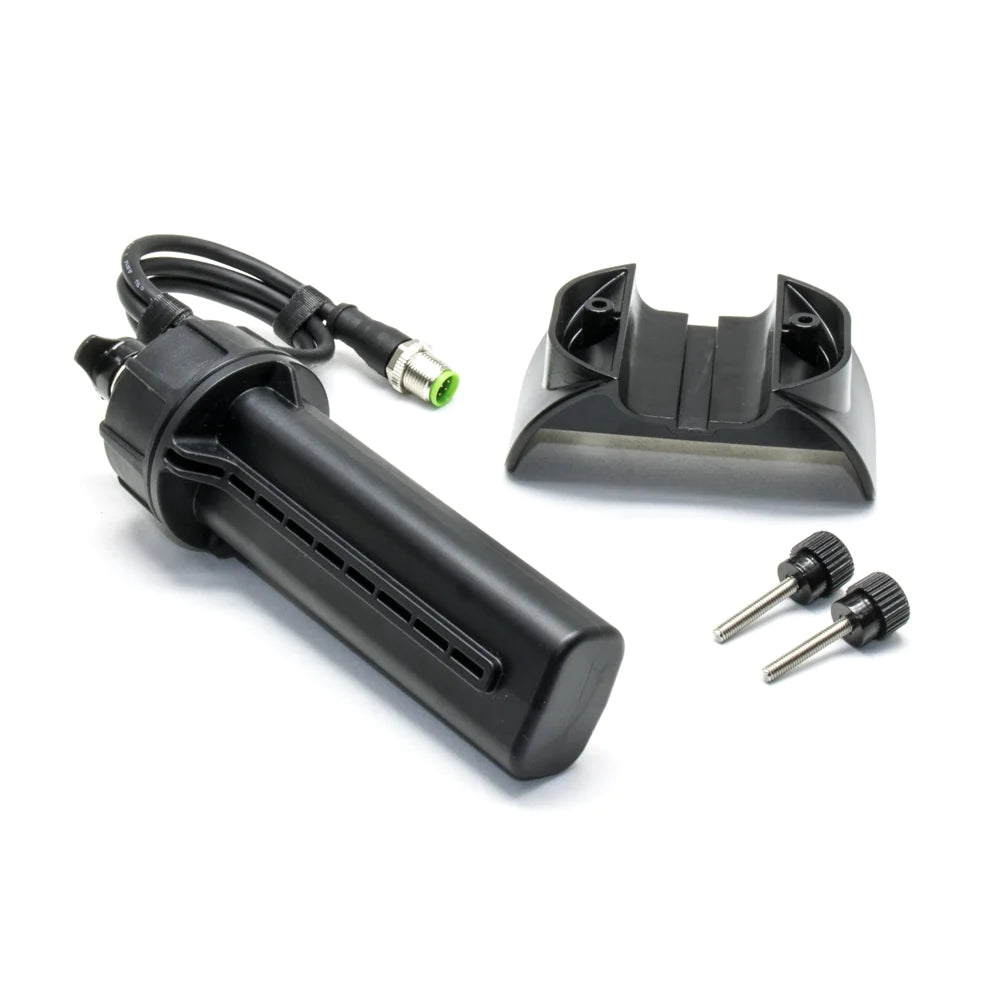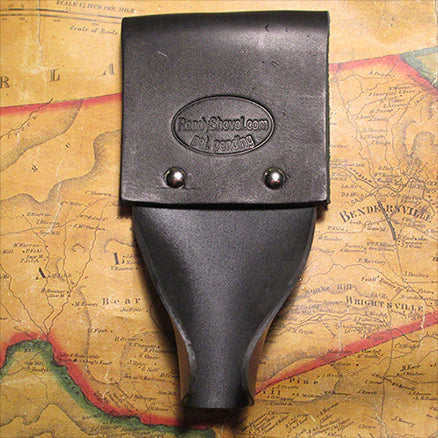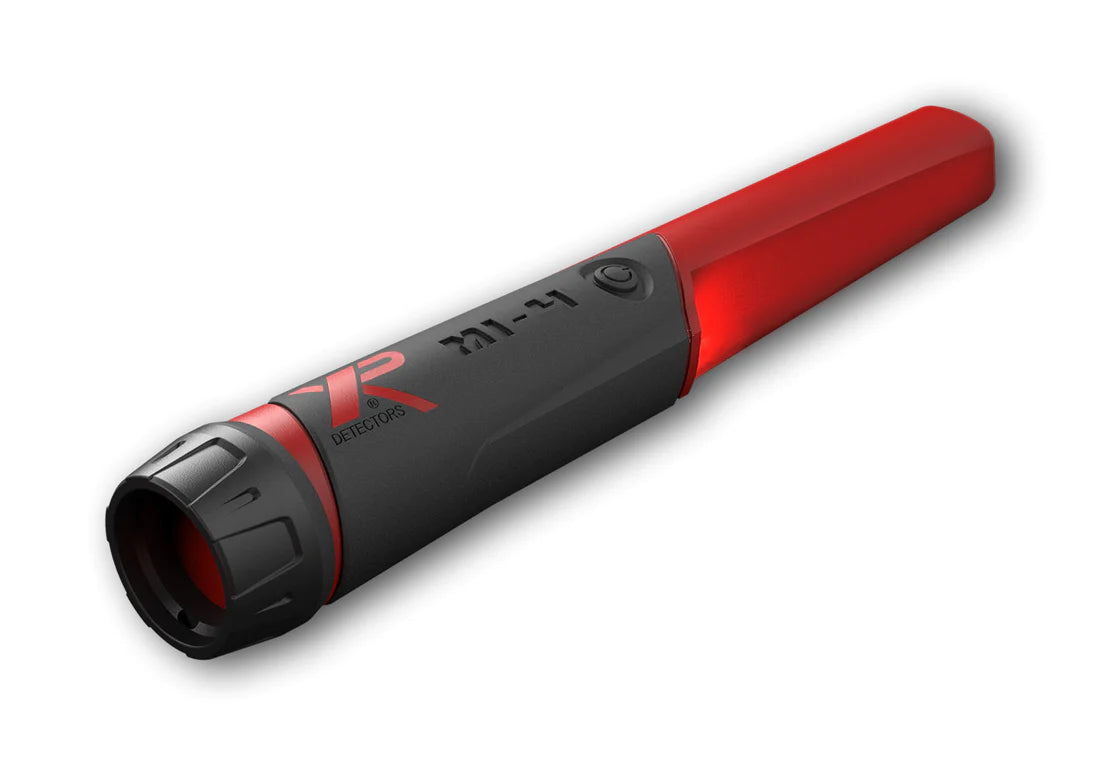Tesoro Vaquero Field Test
Click here to purchase the Tesoro Vaquero
I am not a 20-year veteran of metal detecting, and I was not asked by Tesoro to write this based on my vast knowledge of the subject. I am a new Tesoro dealer and quite new to the hobby of detecting. In writing this article, I hope to clarify a point or two in beginner's language.
I chose to write about the Vaquero as there is not much written about it yet, and I have been hearing some talk that the Vaquero might be a very good entry level nugget detector. Already as a dealer, I have had several inquiries asking if the Vaquero would serve as an all-around detector including nugget detecting. My answer has been that the Vaquero has all the features that could make it an all-around detector, and in the hands of anyone who has practiced with it, it should serve that purpose well. The key here is practice. Remember your first swing with a golf club? How did you do? Practice takes time and effort but when accomplished, you receive maximum reward and enjoyment. There is nothing quite as enjoyable as being successful in your efforts.
To understand the Vaquero better, I worked with it for about an hour in my "test garden." After reading the manual twice and doing the recommended air test routine, the test garden had no surprises. What did surprise me was the amazing ease with which the machine ground balanced. I followed the directions for ground balancing and on the first bob of the coil, the tone changed not one bit. My Vaquero just happened to be ground balanced when I took it out of the box. Thinking I had done something wrong, I turned the ground balance counterclockwise 1/4 of a turn. I bobbed the coil again and sure enough, no tone. The machine was far negative. I worked back toward where I was before and arrived at the same place when balanced. All this took me less than one minute.
With success in mind, on April 4, 2005, I packed up the Suburban with all my gear and two new Tesoro Vaqueros and headed out of Clatskanie, OR for Baker City, OR to meet my brother, Dave. We were going to Tucson, Arizona to visit our sister. ON the way there, we were planning to stop at the Arizona Gold Fields. There we would hopefully give our two Vaqueros a good workout as nugget machines.
Now, what better way to get a head start on operating the Vaquero than by talking with the Tesoro people in Prescott, AZ. Dave and I walked in the office and while introducing ourselves to the secretary, a young gentleman with a goatee and a big smile walked up and asked if he could be of any help. Obviously not having done my homework, I asked him if he was a customer service rep or office staff. He stuck out his hand and said, "Actually, I am the owner, James Gifford." So that is how I met Mr. Gifford. As I had hoped, James volunteered to demonstrate how to set the Vaquero for nugget hunting.
Setting the machine on one of the front desks, James produced a large nail and gold nugget and a piece of mineral (simulating mineralized soil) used to ground balance the machine. Now, you won't find this procedure in the manual, but it is a surefire way to transform this user-friendly little detector into an amazingly effective nugget machine. An added bonus is not having to worry about digging a lot of small iron objects. The key to this tuning method is in the discrimination control.
Click here to purchase the Tesoro Vaquero
After turning the machine on and setting the Sensitivity at 10, James turned the Discrimination knob counterclockwise past the All Metal mode until the knob clicked. The machine was now in the threshold-based All Metal mode. He then adjusted the Threshold tone to a comfortable level. At this point, James ground balanced the machine using the piece of mineral. The Vaquero was humming a nice smooth tone in the All Metal mode. This was when I became really impressed. James smoothly passed the nail over the coil and Wham! The machine sounded off. Next, he passed the gold nugget over the coil. Wham! A nice smooth solid tone. Now, he rotated the Discrimination knob clockwise until it clicked out of the All Metal mode into the Discrimination mode and passed the over the coil - nothing. He passed the nugget over the coil, and there was that nice solid smooth tone again. The iron was discriminated out, and the detector still got a good solid hit on the gold nuggets. I couldn't wait to test this machine in the gold fields.
My brother Dave has had very limited metal detecting experience, mostly locating occasional water lines. Upon arriving at the hunt area, I demonstrated how to ground balance accurately and explained the need to keep checking the balance. We went over the All Metal search mode and switching to discriminate mode after locating a target to identify iron. In less than five minutes, Dave was on his way finding very small lead fragments, shell casings, and bullet jackets. A small piece of foil provided some excitement for a short time.
Over just short of two days, we visited two different GPAA claims and while we found no nuggets, we nearly wore out my test nuggets. We found that when the Vaquero was ground balanced to the moderately mineralized soil of the claim a 1.3-grain nugget glued to a poker chip lying on top of the dirt would give a clear but soft signal in both All Metal and Discriminate mode. No signal at one inch depth. A 1.3-grain nugget is quite small and can be described as a picker in a gold pan of concentrates. Next, we tried a 2.5-grain nugget, also on a chip. This larger nugget allowed a nice clear signal down to about 1.5 inches deep. My third and final nugget was a 13-grain and it gave an easily detectable signal down to a measured depth of 6 inches. The 13-grain nugget was thin and flat and provided a large surface area. We did locate, a lot of junk, but we dug everything as we were learning how to get the best from the Vaquero.
If you have shied away from manual ground balance machines for whatever reason, I feel the Vaquero is a detector you can master and make yourself wonder what all the concern was about. 15 years ago, when I last had a ground balance machine, I never did get the machine balanced. I finally sold it in frustration. I guess I should have tried a Tesoro long ago.
The point of all this is that the Vaquero is an easy machine to operate. In its short existence, it has already established itself as a premier coin, jewelry, and relic machine. Because the machine is so light (2.2 lbs), we were able to search for long periods without shoulder or arm problems. We did, however, develop somewhat of a sore neck. If we were more conditioned to detecting, I'm sure we would have had no problems. During on particularly slow period, I figured with a battery life of about 20, the battery cost came to about $.15 an hour. Pretty cheap hobby!
I feel the Vaquero made an excellent showing for itself. With a price of $525, the Vaquero falls in the mid-price range of most detectors, but the features and performance place it in a range much higher. I think the Vaquero is going to be right on target for what many buyers have been looking for: affordable quality, performance, ease of operation, adaptability, and a best in the business "no nonsense" lifetime warranty.
Click here to purchase the Tesoro Vaquero
* - Reprinted with permission from Tesoro, "Metal Detector Information" - 21st Edition

